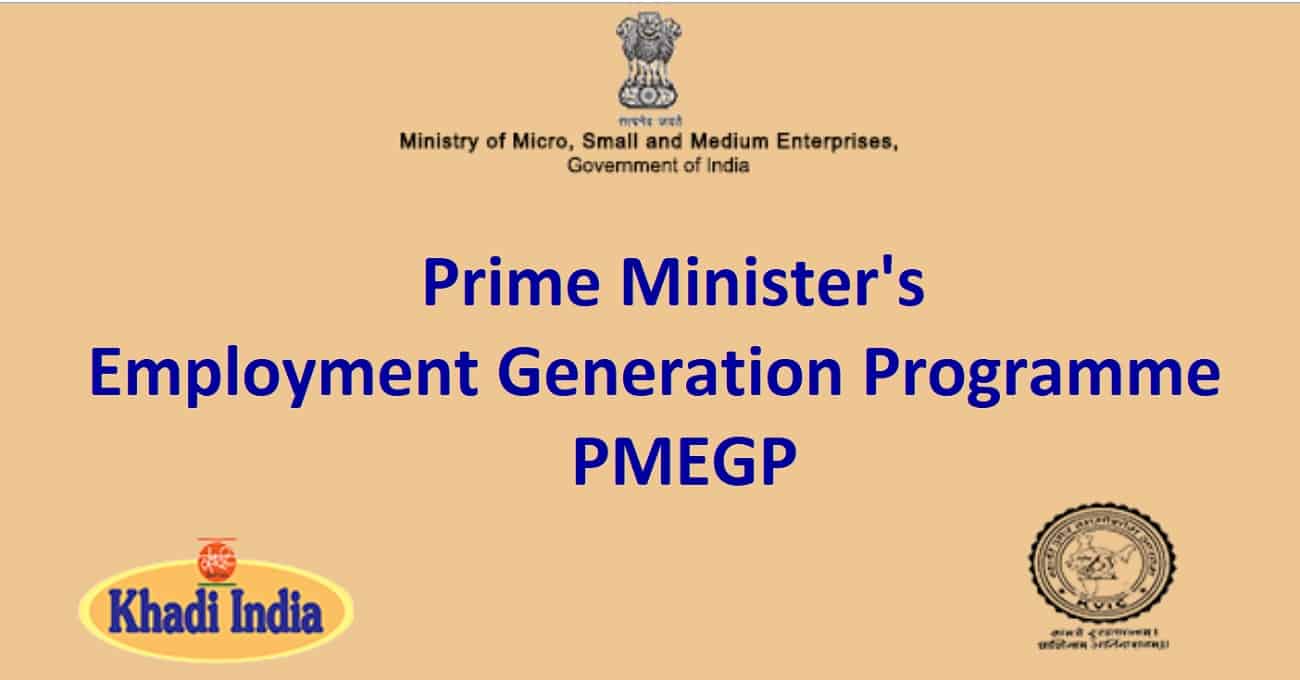Free Courses Sale ends Soon, Get It Now


Free Courses Sale ends Soon, Get It Now



Disclaimer: Copyright infringement not intended.
Context
Prime Minister’s Employment Generation Programme (PMEGP)
About
Objective
Implementing Agency
Eligibility
Industry
Scope
Negative list of activities
Ceiling of Project Cost :
Subsidy from KVIC and the bank finance depends on the cost of project as per details given below:
|
|
Bank Finance |
Subsidy from KVIC |
Promoter’s contribution |
|
|
Urban area |
Rural area |
|||
|
General Category beneficiary / Institution |
90% |
15% |
25% |
10% |
|
Special category beneficiary / Institutions (Including SC / ST / OBC / Minorities / Women / Ex-Servicemen / Physically Handicapped / NER / Hill and Border Areas etc. |
95% |
20% |
35% |
5% |
Training
Significance
|
How does this scheme work? Let’s assume Mr. Don, a young new entrepreneur from Bangalore Urban, wants to apply for the PMEGP scheme Estimated Project Cost – Rs 10 lakh Mr. Don’s Contribution (Mandatory as per PMEGP) – Rs 1 lakh (10% of Rs 10 lakh) Amount Received By Mr. Don – Rs 9 lakh Note: The margin money (ie 15% of the Project Cost – Rs 1,50,000/-) generally withheld by the bank will be reimbursed to the bank by KVIC within 24 hours of acceptance of the PMEGP application. Hence, entrepreneurs like Mr. Don can get the required capital to proceed with their venture very easily/ Note:
Banks will finance capital expenditure in the form of a term loan and working capital in the form of cash credit. Projects can also be financed in the form of composite loan consisting of capital expenditure and working capital The bank credit will be ranging between 60-75% of the cost after deducting (Margin Money) subsidy and the owner’s contribution. Though banks will claim subsidy on the basis of the projections of capital expenditure mentioned in the project report, Margin Money can be availed only on the actual availment of capital expenditure and excess if any, is to be refunded to KVIC Working Capital component should be utilized in such a manner that at one point it should touch 100% limit of the cash credit within 3 years of the lock-in period of margin money and not less than 75% utilization of the sanctioned limit. |
Revised Guidelines
Following major modifications/improvements have been made in the existing Scheme:
Major impact
States/districts covered
Higher rate of Margin Money subsidy
https://newsonair.gov.in/News?title=Centre-approves-extension-of-Prime-Minister%26%2339%3bs-Employment-Generation-Programme-for-five-years&id=441870
© 2024 iasgyan. All right reserved